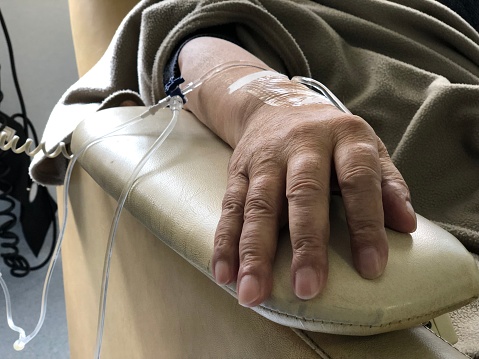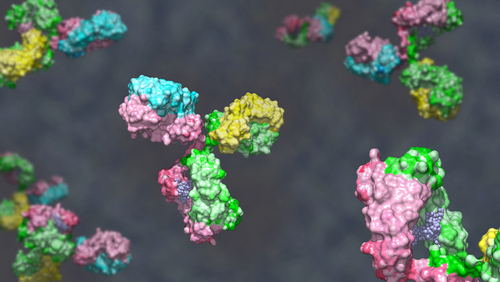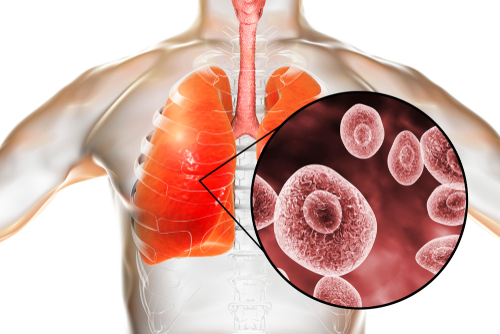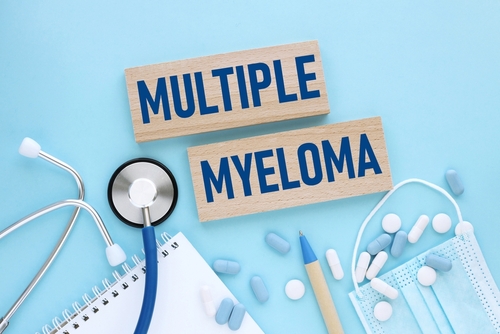Multiple Myeloma Awareness
Advertisement
The HealthTree Foundation for Multiple Myeloma interviews Dr. Urvi Shah about IVIG.
Fluorescence in situ hybridization can detect genetic abnormalities that allow stratification of disease risk.
Only 2 patients experienced adverse events higher than grade 1 or 2, and response rates were high.
Toxicity- and disease-related adverse outcomes can affect the quality of life in this high-exposure population.
Non-Hispanic Black and Hispanic patients reported worse mental health and poorer sleep than their non-Hispanic White peers.
Half of all patients in a synthesized analysis developed infections, and a quarter developed grade III/IV infections.
Survey respondents described transportation, information, and scheduling barriers to treatment.
With many new targeted drugs available, nurses are under pressure to keep up with administration and toxicity profiles.
Nurses at the Huntsman Cancer Institute believe their algorithm successfully predicts PJP and decreases CD4 monitoring costs.
Myelosuppression, bone disease, and acute renal failure are discussed in this review, and treatment options are provided.
Discussing results from ASH, Cindy Chmielewski from The Patient Story spoke with Drs. Caitlin Costello and Sagar Lonial.
It may be possible to eliminate the monitoring period after subcutaneous daratumumab and increase chair availability.
The new bispecific antibody boasted an overall response rate of more than 60 percent and has received accelerated approval.
Recognizing and managing distress, fatigue, and sexual dysfunction in patients with MM can be difficult.
Nurses should assess patients for bone pain and mobility at each encounter and should consider implementing an activity plan.
















 © 2025 Mashup Media, LLC, a Formedics Property. All Rights Reserved.
© 2025 Mashup Media, LLC, a Formedics Property. All Rights Reserved.